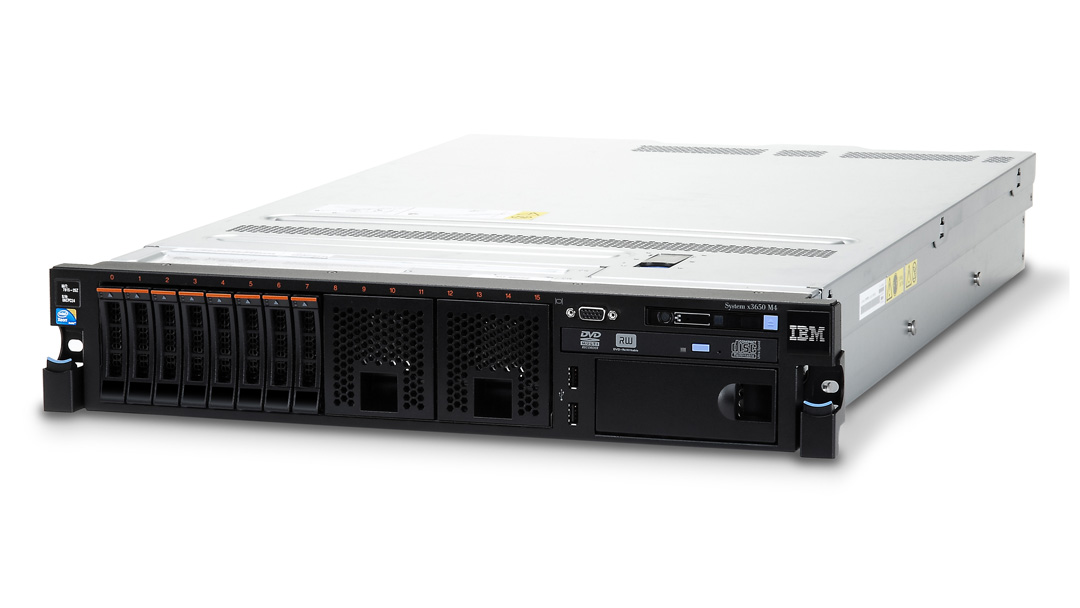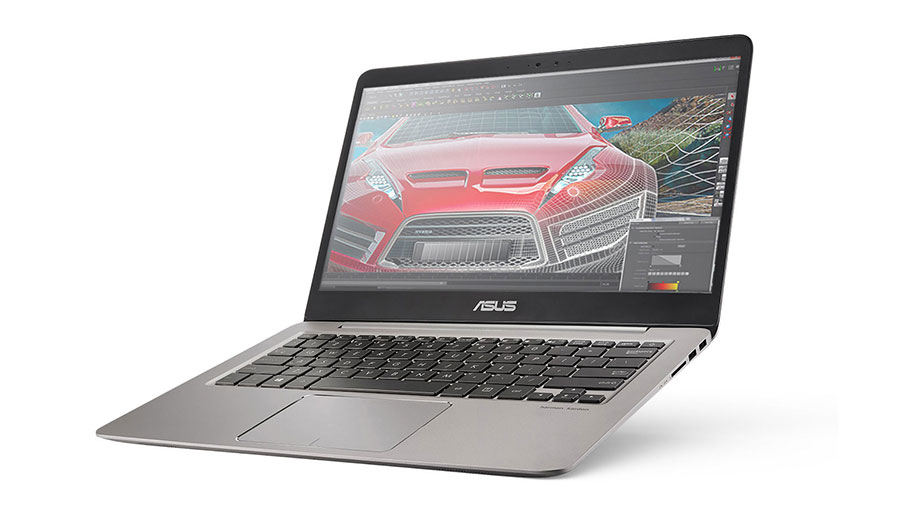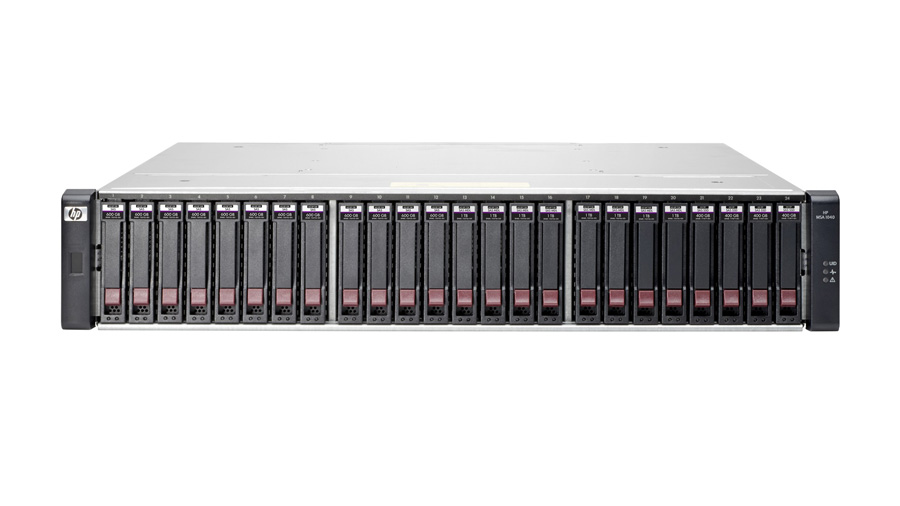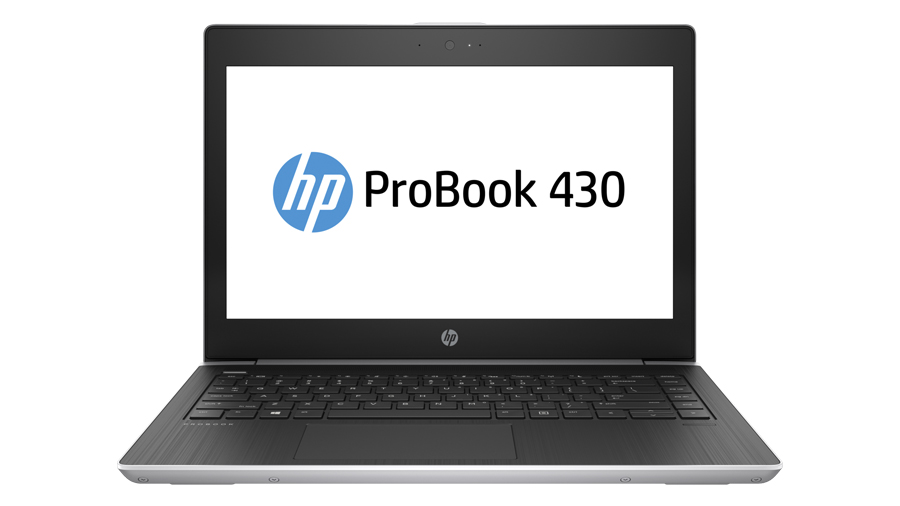
The versatile IBM System x3650 M4 blends outstanding uptime and performance for business-critical workloads, including cloud computing, virtual desktop and business analytics. The powerful server offers an energy-smart and easy-to-use rack solution with a pay-as-you-grow design to help manage risks. With more computing power per watt and the latest Intel Xeon E5-2600 v2 series processors, advanced memory support, and greater disk capacity for businesses requiring ample storage, the x3650 M4 offers balanced performance and density. Additionally, as the first x86 server to achieve the TPC-C benchmark, virtualized (1 M TPM),1 the x3650 M4 is optimized for cloud computing and virtualization applications.
Product features
- Innovative design with flexibility, performance and outstanding uptime
- Optimized for cost and performance, supports business-critical applications and cloud deployments
- Excellent RAS and outstanding uptime for an improved business environment
- Easy to deploy, integrate, service and manage
- Comprehensive systems management tools help increase uptime, reduce costs and improve productivity with advanced server management capabilities
- Support for GPUs, high-IOPS SSDs and 10 GbE for different types of workloads
Hardware summary
- Dual-socket 2U rack server for expandability and high performance
- Up to two Intel Xeon Processor E5-2600 v2 product family processors
- Up to 768 GB memory and up to 1866 MHz memory speed
- Integrated quad-port Gigabit Ethernet and optional embedded dual-port 10 GbE
- Up to six PCIe 3.0 expansion slots; up to four optional PCI-X slots available
- Up to 16 TB of 1.8-inch hot-swap SSDs or 25.6 TB of 2.5-inch hot-swap SAS/SATA/SSDs or 24 TB of 3.5-inch hot-swap or simple-swap SAS/SATA HDDs
- Embedded 6 Gbps hardware RAID-0, -1, -10 and optional RAID-5, -50 or -6, -60. Optional support for new 12 Gbps RAID controller.
- Hot-swap disk/fan/power supply, two fan zones with N+1 fans design, light path diagnostics and Predictive Failure Analysis, better thermal design, balanced efficiency, uptime and serviceability



